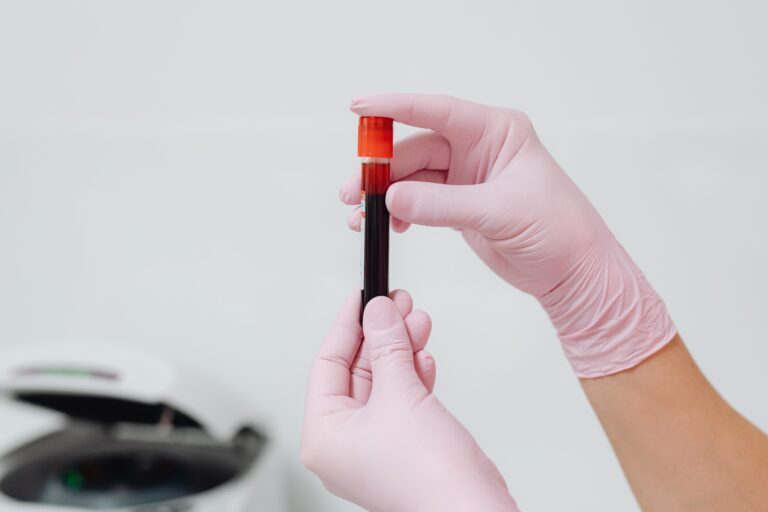Home Health Management
Home Management of Your Family’s Health
The physical examination of you and your family doesn’t have to begin in the doctor’s office. Some important observations can begin in the home. Checking your family’s health in the home will help your doctor and yourself by providing more accurate information, encourage awareness to each member of the household, and possibly reduce stress due to uncertainties.
- What’s your temp?
When you fear you or a member of your family are “running a temperature” or “burning up”, it helps to be more specific. Own a thermometer, read the instructions, practice shaking the thermometer down , and be able to report the exact temperature.
Also, remember that children’s temperatures tend to rise in the early evening; that’s when pediatricians get most of their phone calls about fever. Remember, too, that fever is only one sign of illness. Be sure to mention symptoms like a cough and ear pain or vomiting and diarrhea — these help your doctor make a diagnosis.
- What’s your pulse?
If the problem involves a rapid or forceful heartbeat, know exactly how fast it is beating. Feel a pulse in the arm or throat, or put an ear to the chest. Count the exact number of beats occurring in one minute, or have someone do this for you.
If there is a problem with the pulse, determine whether the beat is regular or irregular. Is the heart “skipping a beat,” “turning flip-flops,” “missing every other beat,” or is it “completely irregular”? A pulse irregularity is often gone by the time you reach the doctor. If you can describe it accurately, your doctor may be able to understand what happened.
- What’s your weight?
Like gender and ethnicity, weight is an essential part of every person’s self-image, and when pounds go haywire, the result is distress. Doctors have observed for many years that being overweight is associated with greater risk for diseases. Hypertension, high blood cholesterol levels, and heart attacks are all more common with overweight patients.
Changes in weight is also very important. It’s good practice to know what your normal weight is. If your weight changes, know by how much and over what period it changed.
- Know your body.
When something changes, report it accurately. A change in skin color, a lymph gland on the back of the neck, an increase in swelling in the legs, and many other new events are easily observed. Just as important, knowledge of your body will help you avoid reporting silly things. The “Adam’s apple” is not a tumor. “Knobs” on the lower ribs or pelvis are usually normal. The vertebra (bone) at the back of the head – the “knowledge bump.” These are not emergencies.
 The Blue Zones Secrets for Living Longer |
The physical examination of you and your family doesn’t have to begin in the doctor’s office. Some important observations can begin in the home. Checking your family’s health in the home will help your doctor and yourself by providing more accurate information, encourage awareness to each member of the household, and possibly reduce stress due to uncertainties.
At the Doctor’s Offic
Don’t be shy and talk to the doctor. You need to ask what to anticipate and how to prevent problems. You need to discuss your goals and values. The doctor needs to know how you feel about the benefits that various treatments might provide versus the side effects that might come from these treatments.

Sensible decisions about treatment cannon be made unless you have a chance to put a value on the benefits and risk of each option. The basis for a decision is always the same: Which option offers the greatest benefit for the least risk and cost? It is the doctor’s job to provide information on the probability that each option will provide a particular benefit or side effect, but only you can determine how much that benefit is worth to you or how much you fear that side effect.
Be prepared. To use time effectively, make a list of your questions before the doctor visit and take it with you. Write out your questions. Date the list. Leave space to jot down answers while you are talking with the doctor. If someone is accompanying you on the visit, perhaps he or she can write down the answers for you. Ask the doctor each question. Go over the list and the answers again after you get home. Save the list as part of your own records.









This really helped our family during COVID 19. We did some self check ups and found that our kids did not have a temp in the morning but did have a little higher temp in the evening.